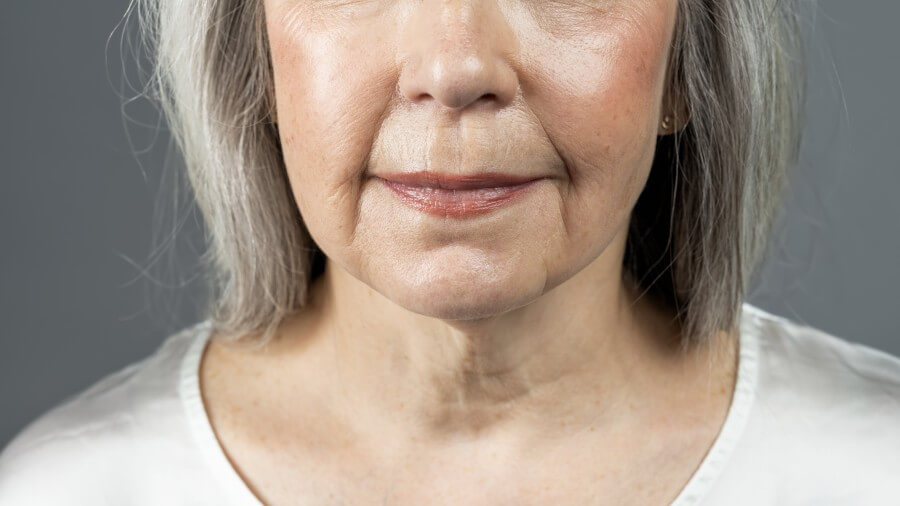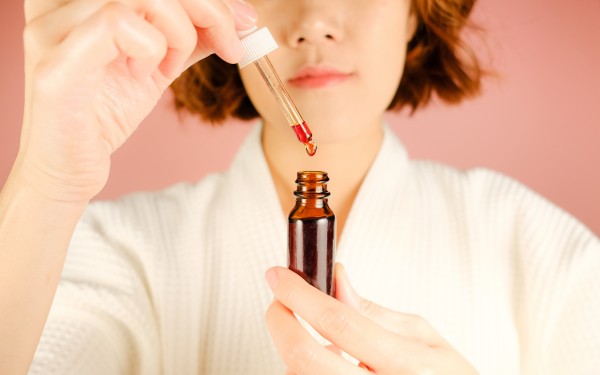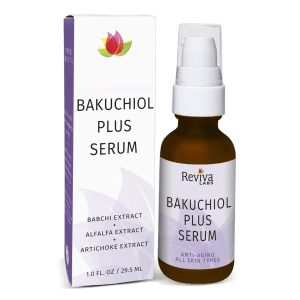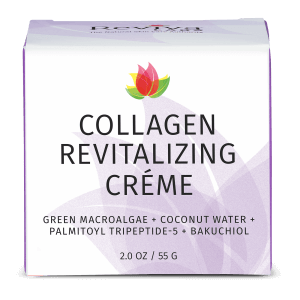Reviva Labs, Skin Care
Can Sagging Jowls Be Reversed?
As we age, our skin undergoes various changes, one of the most common being the development of sagging jowls. This natural aging process can be a cause of concern for many, prompting the question: can sagging jowls be reversed? Fortunately, there are several approaches to address this issue, ranging from lifestyle adjustments to medical interventions.
Understanding Sagging Jowls
Sagging jowls occur due to a combination of factors, including the loss of skin elasticity, reduction in collagen production, and the weakening of facial muscles. Collagen, a protein that provides structure to the skin, decreases with age, leading to wrinkles and sagging. Gravity also plays a role, pulling the skin downward over time. These factors combined result in the drooping appearance of the lower face.
Non-Surgical Treatments
Many people prefer non-surgical treatments to avoid the risks and recovery time associated with surgery. Topical treatments, such as creams and serums containing retinoids, peptides, and hyaluronic acid, can help improve skin firmness and hydration. Retinoids, derived from vitamin A, are known to stimulate collagen production and enhance skin texture. Peptides, on the other hand, support the skin’s natural repair processes.
Another popular non-surgical option is laser therapy. Laser treatments, like fractional laser resurfacing, target the deeper layers of the skin, promoting collagen production and tightening the skin. These treatments can be effective, but multiple sessions are often required to achieve noticeable results.
Injectable Solutions
Injectables have gained popularity for their ability to provide quick and noticeable improvements without the need for surgery. Dermal fillers, such as hyaluronic acid-based fillers, can add volume to the cheeks and jawline, creating a lifting effect. Fillers are typically injected into specific areas to restore lost volume and enhance facial contours.
BOTOX® is another injectable option that can help with sagging jowls. By relaxing the muscles that contribute to the drooping appearance, BOTOX® can create a smoother, more lifted look. The effects of Botox and fillers are temporary, usually lasting between six months to a year, necessitating regular treatments to maintain results.
Radiofrequency and Ultrasound Treatments
Radiofrequency (RF) and ultrasound treatments are non-invasive options that use energy to stimulate collagen production and tighten the skin. RF treatments deliver heat to the deeper layers of the skin, promoting collagen remodeling and improving skin elasticity. Popular RF treatments include Thermage and Profound RF, which can provide noticeable improvements after a few sessions.
Ultrasound treatments, like Ultherapy, use focused ultrasound energy to target the deeper layers of the skin, bypassing the surface to stimulate collagen production. This treatment can result in a natural lifting and tightening effect, with gradual improvements seen over several months.
Lifestyle Changes
In addition to professional treatments, certain lifestyle changes can help improve the appearance of sagging jowls. Maintaining a healthy diet rich in antioxidants, vitamins, and minerals can support skin health. Foods high in vitamin C, such as citrus fruits and leafy greens, promote collagen production, while omega-3 fatty acids found in fish and nuts help maintain skin elasticity.
Staying hydrated is crucial for skin health, as dehydration can make the skin appear dull and saggy. Regular exercise, particularly facial exercises, can also strengthen the underlying muscles and improve the firmness of the skin. Simple exercises like chin lifts, jaw clenches, and cheek lifts can be incorporated into daily routines to enhance facial muscle tone.
The Role of Sleep and Stress Management
Adequate sleep and stress management are essential for maintaining healthy skin. Lack of sleep can lead to increased levels of cortisol, a stress hormone that can break down collagen and elastin, contributing to sagging skin. Aim for seven to nine hours of quality sleep each night to support skin repair and regeneration.
Stress can also take a toll on the skin, exacerbating signs of aging. Practices such as mindfulness, meditation, and yoga can help reduce stress levels and promote overall well-being. Incorporating these practices into daily life can have a positive impact on both mental and skin health.
Surgical Options
For those seeking more dramatic and long-lasting results, surgical options may be considered. A facelift, or rhytidectomy, is a surgical procedure that involves removing excess skin, tightening underlying tissues, and repositioning the skin on the face and neck. This procedure can provide a significant lifting effect and improve the appearance of sagging jowls.
Another surgical option is a neck lift, which specifically targets the neck and jawline area. This procedure can be performed in conjunction with a facelift or on its own, depending on the patient’s needs. While surgical options can offer substantial improvements, they come with higher costs, longer recovery times, and potential risks.
Combining Treatments for Optimal Results
In many cases, a combination of treatments may be recommended to achieve the best results. For instance, using topical treatments in conjunction with injectable solutions or laser therapy can enhance the overall outcome. Consulting with a dermatologist or plastic surgeon can help determine the most appropriate treatment plan based on individual needs and goals.
The Importance of Sun Protection
Protecting the skin from sun damage is crucial for preventing further sagging and maintaining overall skin health. Ultraviolet (UV) rays from the sun can break down collagen and elastin, accelerating the aging process. Using a broad-spectrum sunscreen with an SPF of 30 or higher, wearing protective clothing, and seeking shade can help minimize sun damage.
The Psychological Impact of Sagging Jowls
The appearance of sagging jowls can affect one’s self-esteem and confidence. Addressing this concern can have a positive impact on mental well-being. Feeling good about one’s appearance can boost confidence and improve quality of life. It’s important to remember that everyone’s aging process is unique, and there are various options available to help manage and improve the appearance of sagging jowls.
Statistical Insight
According to a survey by the American Society for Dermatologic Surgery, 70% of consumers are bothered by the appearance of their sagging facial skin. This statistic highlights the common concern regarding aging skin and the desire for effective treatments to address it.
Conclusion
While sagging jowls are a natural part of the aging process, there are numerous ways to address this concern. From non-surgical treatments and lifestyle changes to surgical options, individuals have a variety of choices to improve the appearance of sagging jowls. By understanding the available treatments and making informed decisions, it’s possible to achieve a more youthful and lifted appearance, enhancing both physical and mental well-being.










